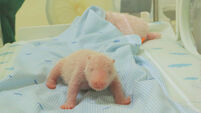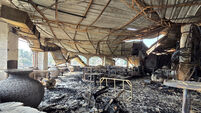10-year-olds just don't die suddenly - pathologist
Healthy 10-year-old girls “simply don’t die suddenly together”, the murder trial of alleged double murderer Ian Huntley heard today.
The stark assessment came from pathologist Nathaniel Carey who claimed schoolgirls Holly Wells and Jessica Chapman had to have died at the hands of a third party.














